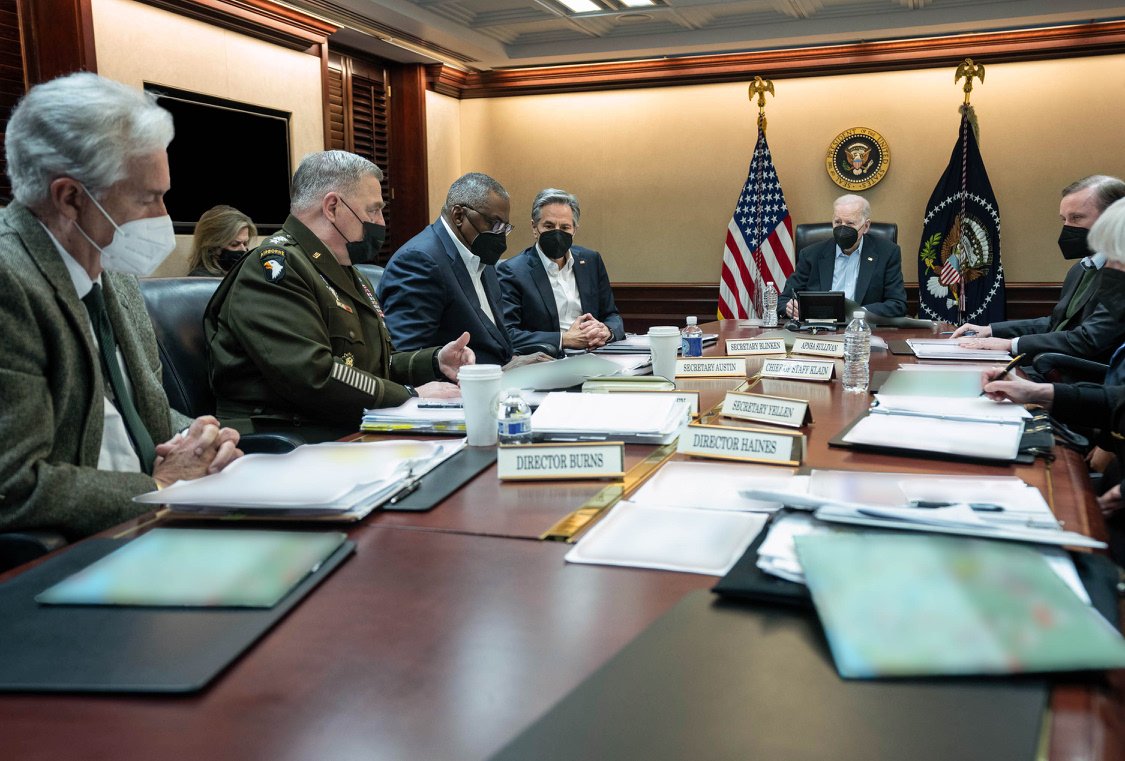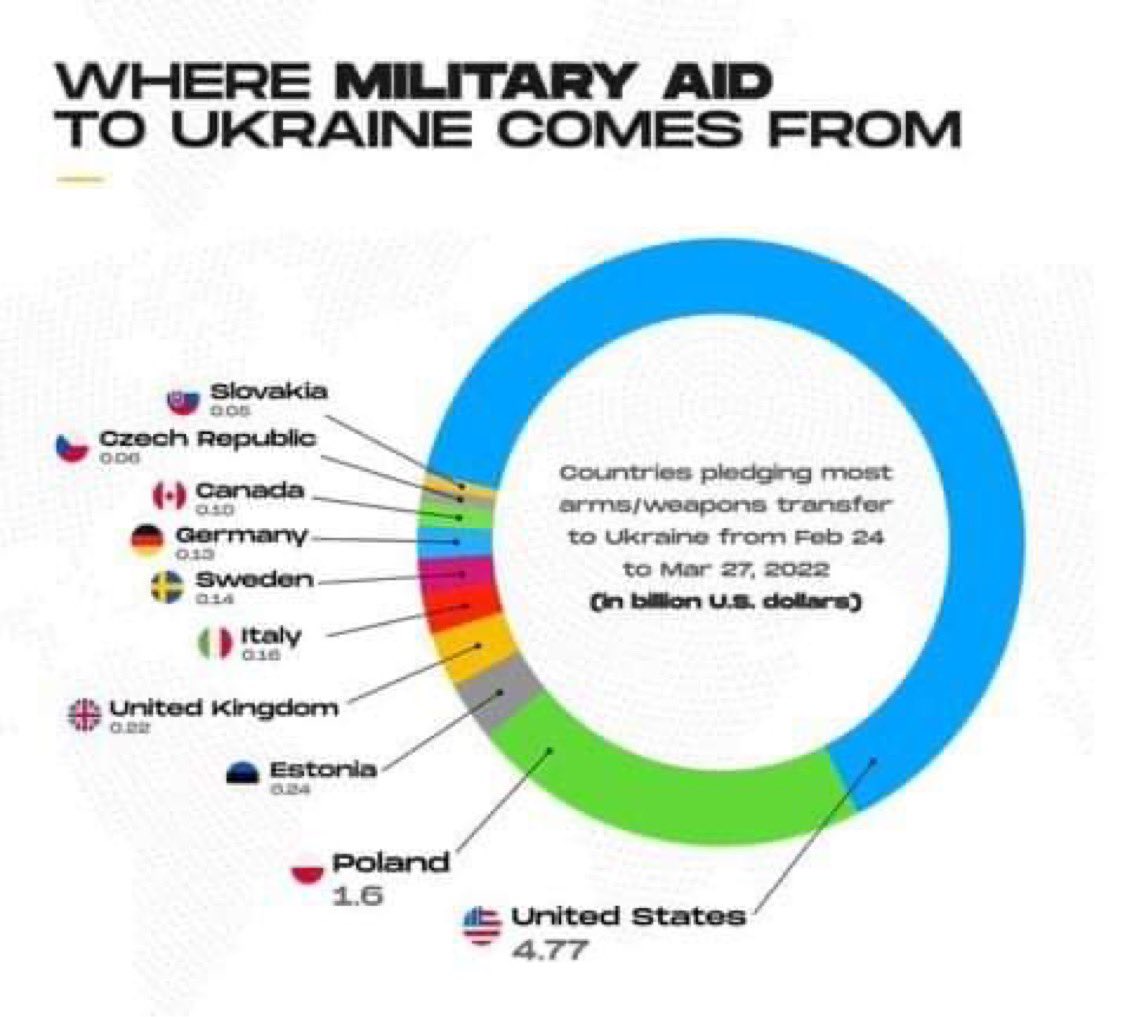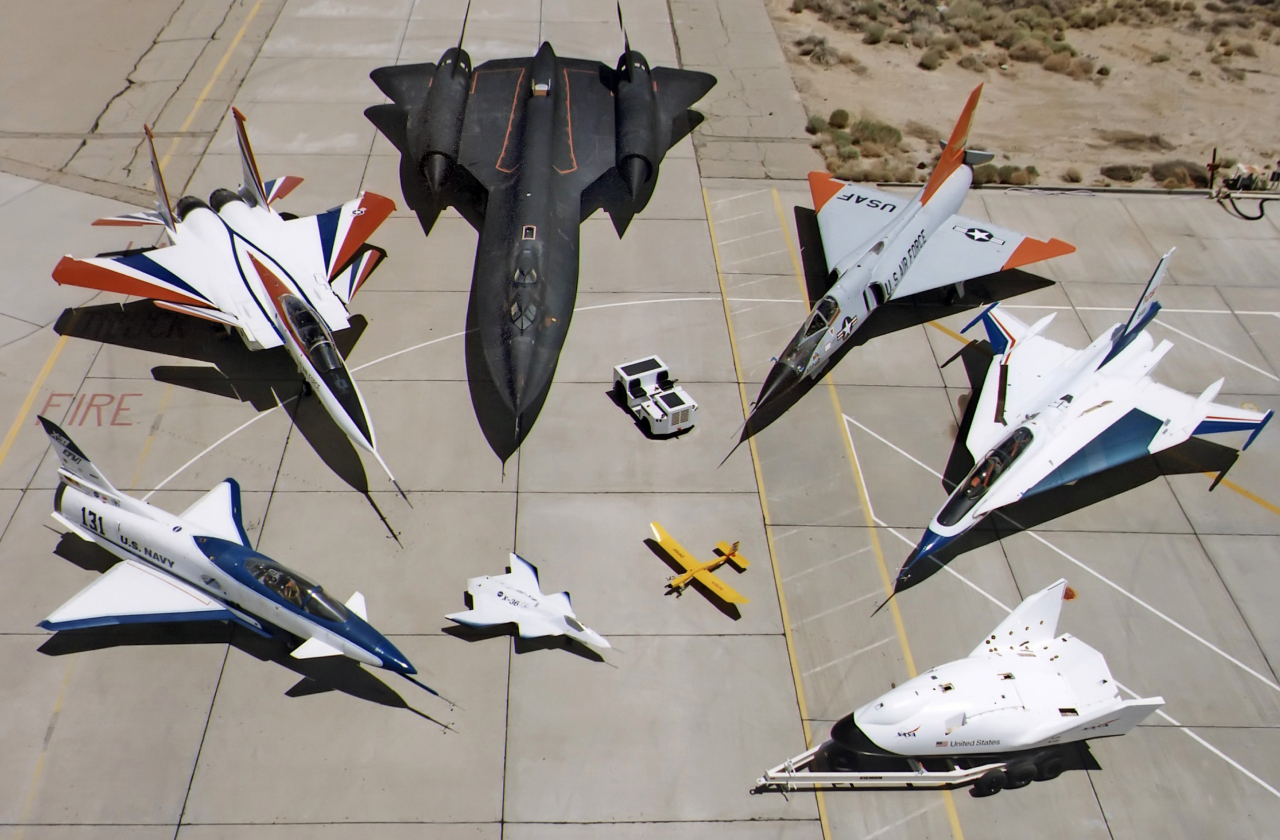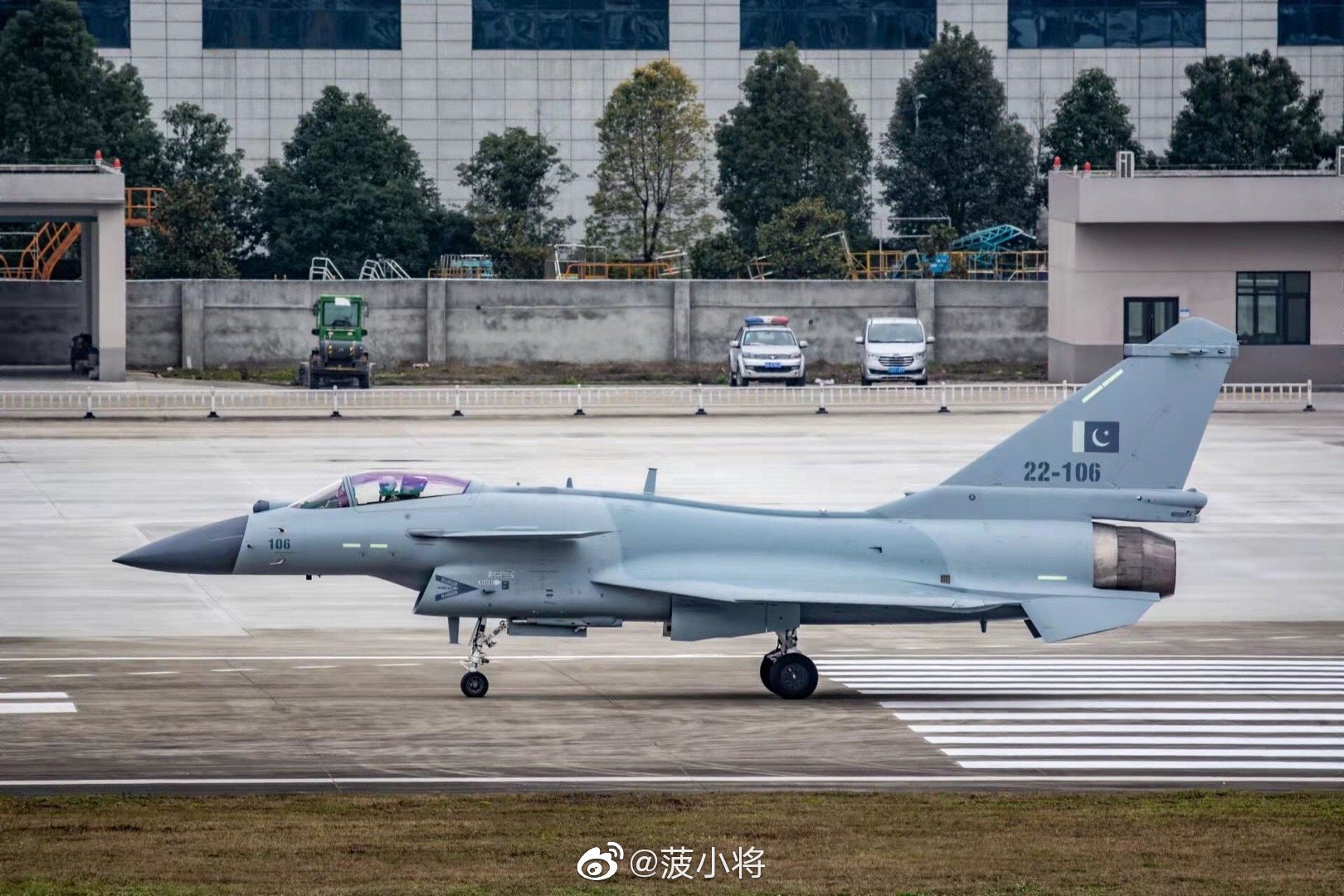While the US has constantly been arming its allies and partners to compete with China, Washington is reportedly planning to transform the complete arms transfer process.
‘Target Destroyed’: 269 People Killed Including A Top US Democrat – Why Did Soviet Russia Shoot Down A Passenger Plane In 1983?
Straight Out Of Sci-Fi! Meet ‘Darkstar’ Strategic Bomber That Could Have Been The Greatest Aircraft To Have Ever Flown!
To compete more effectively with China and replenish the arsenals of nations that have donated military hardware to Ukraine, the Pentagon has initiated a broad campaign to speed up the sales of American arms to friendly countries, the Wall Street Journal reported.
The Pentagon established a task force of senior officials last month to look into persistent inefficiencies in the US sales of expensive weapons to other nations. According to SIPRI’s database, the country has retained its position as a top arms exporter for a decade, with China now trying to catch up.
According to a senior defense official, the “Tiger Team” task force will examine ways for the Defense Department to streamline specific aspects of the program to quickly transfer highly desired American drones, weapons, helicopters, tanks, and other equipment to partners and allies.
Most of the foreign arms sales program is carried out by the Pentagon. The State Department supervises it and uses the $45 billion in annual weapons sales as an instrument for foreign policy to expand American influence. Congress ultimately approves all foreign military purchases.

The officials working with countries with initial requests for armaments would be required to assist the countries in framing their requests in a way that removes any policy or security-related roadblocks. They would be tasked to ensure streamlining of the process and fast-tracking deliveries.
The foreign military sales (FMS) program has often been criticized for being sluggish. For instance, the FMS transaction value for 2021 was $34.8 billion, down by 31% from the fiscal year 2020, when the total value was $50.8 billion. The 2021 figures marked the lowest FMS sales since 2016.
A sale can be delayed owing to concerns about selling a piece of sensitive technology. To combat that, officials can examine a nation’s military to determine whether it has the personnel and security measures necessary to run the machinery.
With China emerging as an arms exporter and challenging US influence, the process has to be strengthened and expedited.
The US Wants To Keep China At Bay
By moving slowly, the US risks sending nations with whom it wants to maintain ties to look for arms elsewhere. The Wall Street Journal stated that some nations might question whether the US wants them as partners.
Washington officials claim they must strengthen their relationships to compete with China globally, frequently determined by who can sell the best, most advanced military equipment at the fastest and lowest price.
While the US provides arms support to partner countries worldwide under the FMS route for which finances are earmarked in advance, the current situation is unprecedented.
Several reports of the arms transfer to Ukraine have led to a weapon shortage in America’s arsenal. The US Congress passed a $40 billion spending package to replenish these stockpiles in May.

The crisis has also caused a backlog among European allies that gave Ukraine hundreds’ of millions of dollars worth of weapons in exchange for the assurance that the US would assist them in restocking. The need to expedite the arms sale and delivery, thus, has become more pronounced than ever.
While these are extraordinary circumstances, other problems are rooted in the US system and labor market issues. “The US defense industry isn’t designed like it was in World War II. They don’t produce things just because we ask them to. They have to have a contract in hand,” said a US official.
For instance, Qatar, an ally of the United States, has been waiting for approval to purchase sophisticated drones. According to people familiar with the negotiations, Washington hasn’t responded one way or the other.
Although Russia has long been a rival in the global arms trade, sanctions against its defense industry and companies that make chips for military equipment and its military campaign in Ukraine are increasing pressure on its armed forces. The primary competition, in that sense, is China.

China Is Fast Catching Up
According to a report by the Center for Strategic and International Studies, a Washington-based think tank, China exported conventional weapons worth around $17 billion between 2010 and 2020, with more than 77% of that amount going to Asian nations and about 20% to Africa.
China is vying to offset America’s competitive advantage in the drive to arm friendly nations worldwide by producing sophisticated weapons at a lower cost. For international buyers, pricing and manufacturing capacity are major selling factors for Chinese weapons.
For instance, Chinese arms sales to Middle Eastern countries can help them become less politically reliant on the US and Europe while also giving them an affordable way to build their arsenals.
In two significant deals this year, China delivered Serbia its export-version HQ-22 air defense missile system and Pakistan’s locally produced Chengdu J-10C fighter fighters.

In addition to its low cost and massive supply chains, China has also exploited opportunities to fill the vacuum left by the US for its policy imperatives.
China stepped in and quickly sold armed drones to several countries, including the UAE after the US refused to export drones to close allies. In particular, Chinese-built Wing Loong II drones were used in the conflicts in Yemen and Libya.
Turkey had a $3-4 billion tender for a project with China to create a long-range missile defense system before it decided to purchase S-400 air defense missiles from Russia, which was finally canceled in 2015.
China is also making major inroads into the Middle East and North Africa.
On its part, the US has focused on arming countries that oppose China. It recently announced a new $1.1 billion package of arms to Taiwan in a new bid to boost the island’s defenses amid soaring tensions with Beijing.
Besides Taiwan, it is also in various phases of negotiations with countries like Japan, Australia, and other Indo-Pacific states for several weapon systems.
- Contact the author at sakshi.tiwari9555@gmail.com
- Follow EurAsian Times on Google News




